10 Best Herbal Tinctures For One Side Headache

Herbal tinctures are concentrated liquid extracts made from medicinal plants, commonly used to alleviate symptoms of various health conditions, including headaches.
For one-sided headaches, such as migraines, tinctures containing herbs like feverfew, peppermint, and ginger are often recommended due to their anti-inflammatory and analgesic properties. These tinctures work by reducing vascular inflammation and easing muscle tension that may contribute to headache pain. They are typically taken orally, diluted in water or another liquid, and can be used as a natural alternative to conventional pain relievers.
However, it is important to consult a healthcare professional before using herbal tinctures, especially if you have underlying health conditions or are taking other medications.
FREE COURSE
How to make medicinal herbal tinctures for common ailments at home and in a weekend (using the Healing Drops System).

Table of Contents
1. Vitex agnus-castus

Vitex agnus-castus, commonly known as chasteberry, has been traditionally used to support hormonal balance and may help alleviate symptoms associated with hormonal fluctuations, including one-sided headaches.
Herbal tinctures made from vitex are often used in alternative medicine to address menstrual-related headaches and migraines due to their potential calming and regulating effects on the nervous system. The active compounds in vitex, such as flavonoids and iridoids, are believed to influence neurotransmitter activity and reduce inflammation, which may contribute to headache relief. However, it is important to consult with a healthcare provider before using vitex tinctures, especially if you are on medication or have underlying health conditions.
While some individuals report positive results, scientific evidence supporting its efficacy for one-sided headaches is still limited and more research is needed.
2. Ginkgo biloba
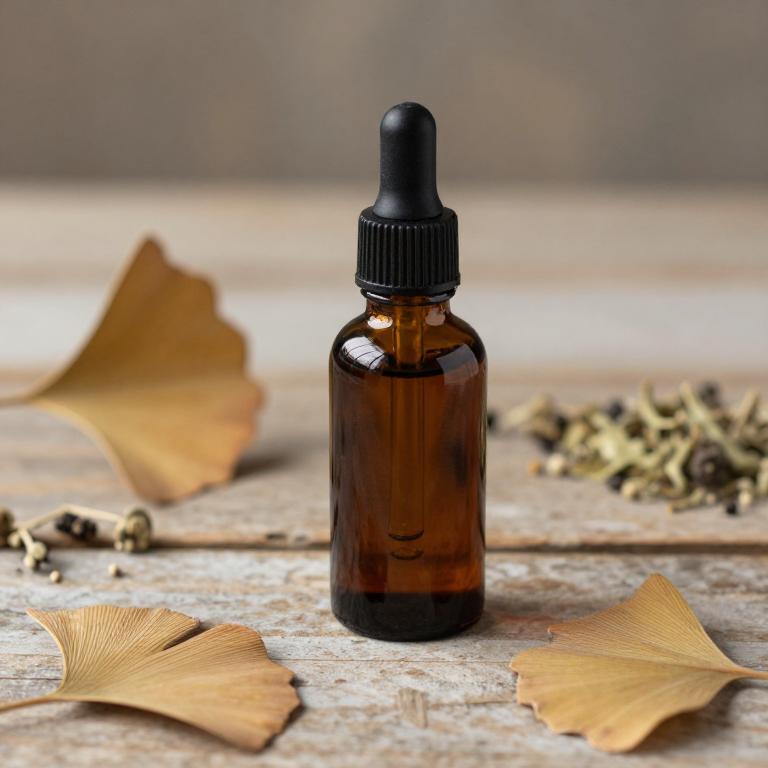
Ginkgo biloba herbal tinctures are traditionally used to support cognitive function and improve circulation, which may help alleviate symptoms of one-sided headaches.
The active compounds in ginkgo biloba, such as flavonoids and terpenoids, are believed to enhance blood flow to the brain and reduce inflammation, potentially easing tension and migraines. While some studies suggest that ginkgo may have mild effects on headaches, results can vary, and it is not a guaranteed cure for all types of headaches. It is important to consult with a healthcare provider before using ginkgo biloba tinctures, especially if you are on medication or have underlying health conditions.
As with any herbal remedy, consistency in use and proper dosage are key to experiencing potential benefits.
3. Echinacea purpurea
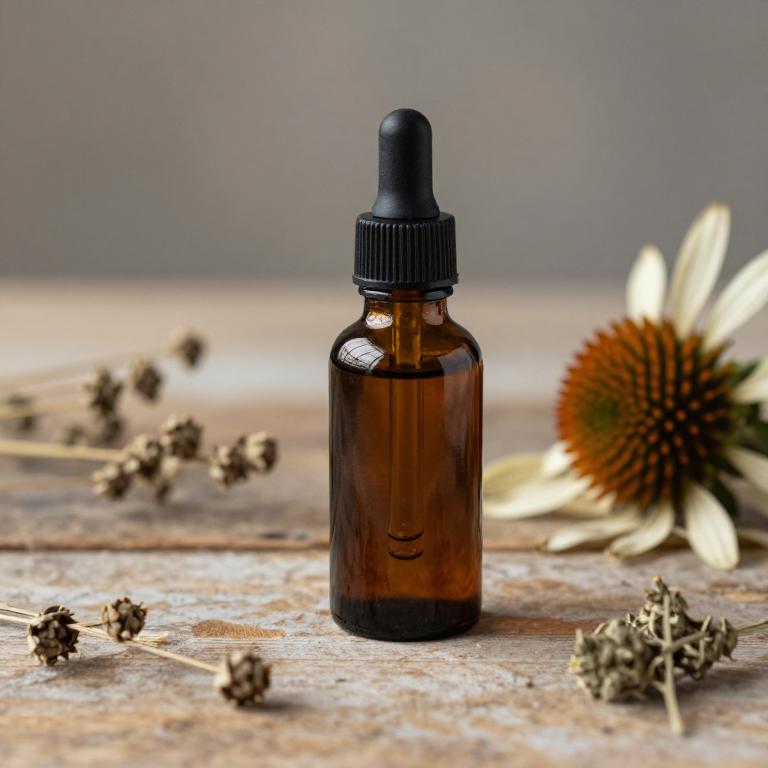
Echinacea purpurea herbal tinctures are traditionally used to support immune function and may help alleviate symptoms of mild headaches, including one-sided headaches, by reducing inflammation and promoting overall wellness.
While not a direct cure for headaches, echinacea is believed to enhance the body's natural defenses, potentially shortening the duration of headache episodes caused by viral infections or stress. When used as part of a holistic approach, echinacea tinctures may offer natural relief for occasional headaches, though they are not recommended for chronic or severe headaches without medical consultation. It is important to follow recommended dosages and consult with a healthcare provider before use, especially for individuals with allergies or those taking other medications.
Overall, echinacea purpurea tinctures can be a complementary remedy for managing mild, one-sided headaches when used responsibly.
4. Hypericum perforatum
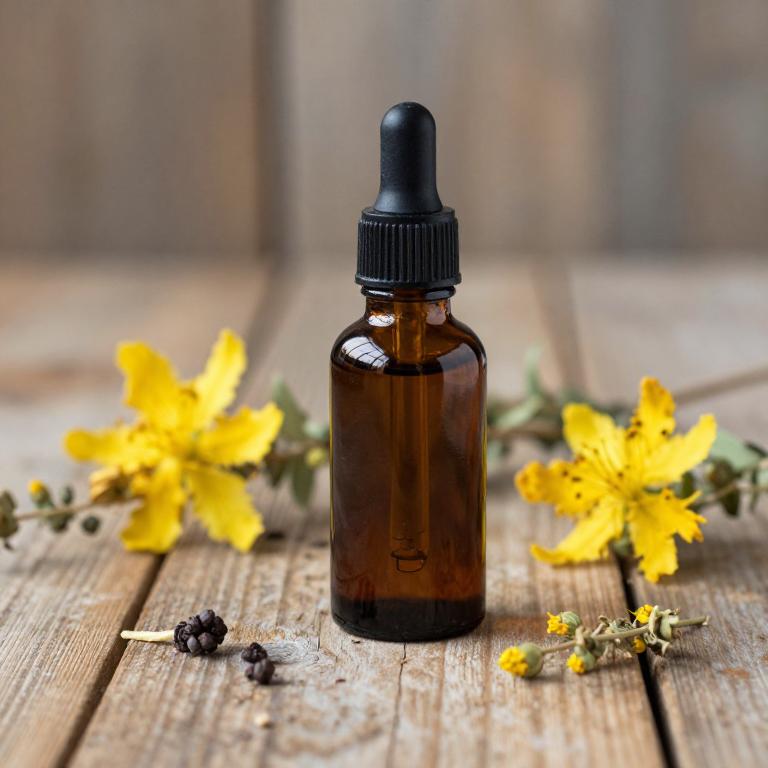
Hypericum perforatum, commonly known as St. John's Wort, has been traditionally used for its potential therapeutic effects on mood and pain, including headaches.
When prepared as a tincture, it is often taken orally in small doses to harness its bioactive compounds, such as hypericin and hyperforin, which may influence neurotransmitter levels in the brain. Some individuals report relief from one-sided headaches, such as migraines, when using St. John's Wort tinctures, though results can vary. It is important to note that St. John's Wort can interact with various medications and should be used under the guidance of a healthcare professional.
As with any herbal remedy, consistency in use and proper dosage are key factors in determining its effectiveness for headache relief.
5. Rosmarinus officinalis
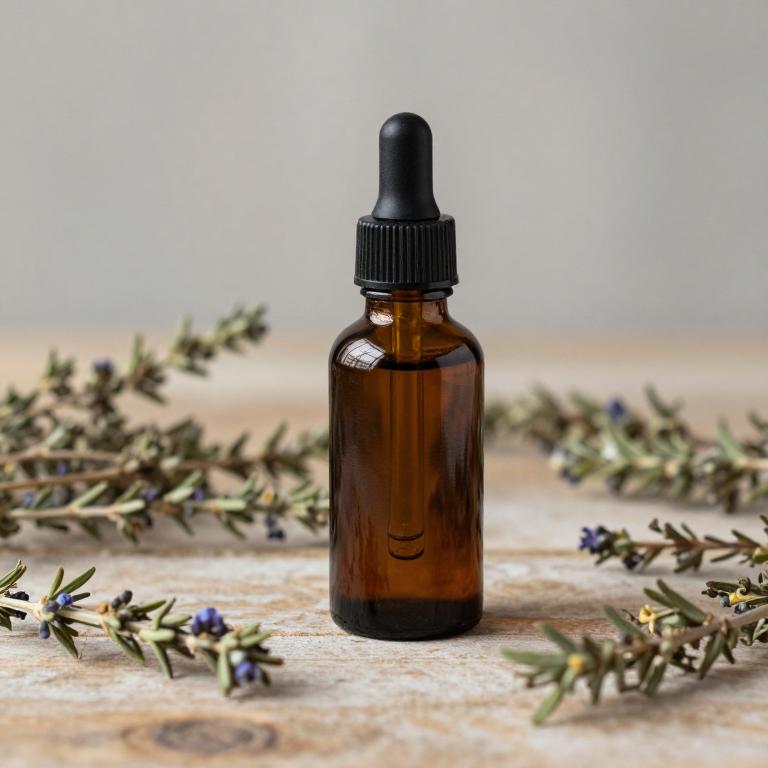
Rosmarinus officinalis, commonly known as rosemary, is a herb widely used in herbal tinctures for its potential to alleviate symptoms of one-sided headaches.
The tincture is typically prepared by soaking fresh or dried rosemary leaves in a high-proof alcohol, allowing the active compounds like rosmarinic acid and carnosic acid to be extracted. These compounds are believed to have anti-inflammatory and antioxidant properties that may help reduce tension and improve blood circulation, which can ease headache pain. Rosemary tinctures are often used in aromatherapy or applied topically to the temples and neck for localized relief.
However, it is important to consult with a healthcare professional before use, especially for individuals with certain medical conditions or those taking medications.
6. Arnica montana
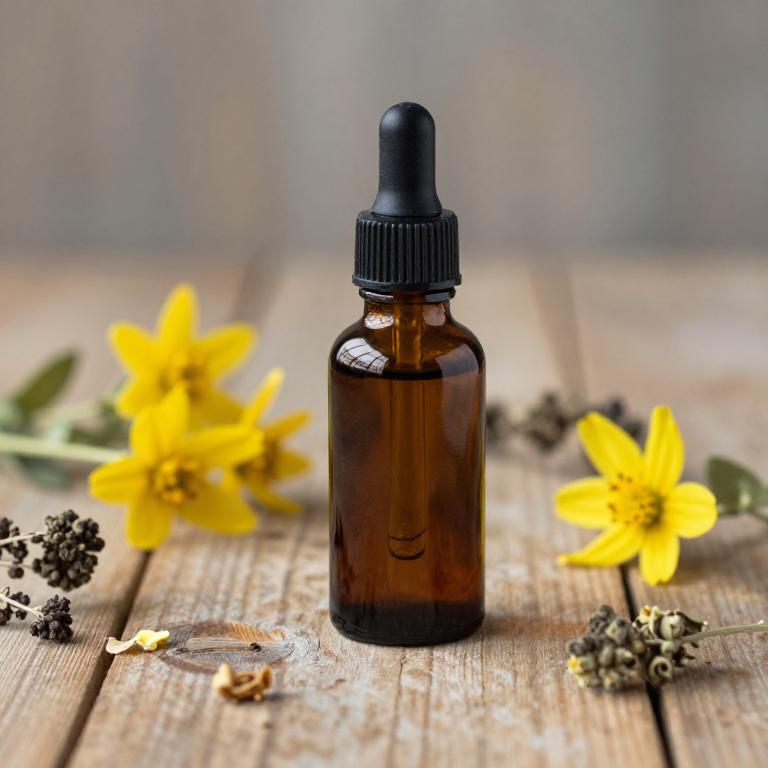
Arnica montana herbal tinctures are commonly used to alleviate symptoms of one-sided headaches, often associated with tension or migraines, due to their anti-inflammatory and analgesic properties.
The tincture is typically prepared by soaking the dried herb in alcohol, allowing the active compounds to be extracted for use. When applied topically to the affected area, arnica montana can help reduce pain and inflammation by promoting blood circulation and soothing muscle tension. It is important to note that arnica should not be ingested and should be avoided on open wounds or broken skin.
As with any herbal remedy, it is advisable to consult a healthcare professional before use, especially for individuals with sensitive skin or those taking other medications.
7. Nymphaea alba
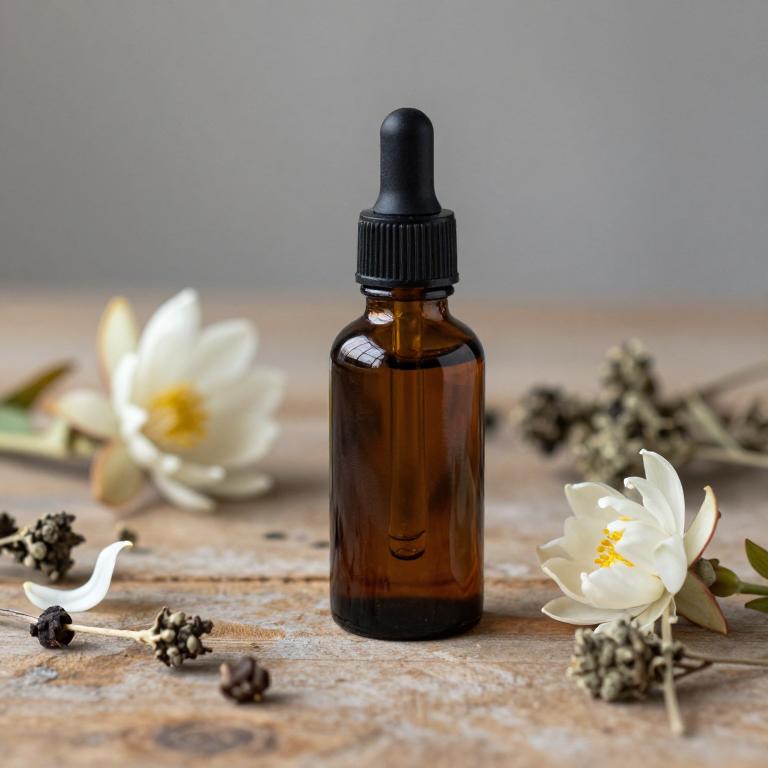
Nymphaea alba, commonly known as white water lily, has been traditionally used in herbal medicine for its calming and soothing properties.
Herbal tinctures made from Nymphaea alba are believed to support the nervous system and may help alleviate symptoms of tension headaches, including those that affect only one side of the head. These tinctures are typically prepared by soaking the dried plant material in alcohol to extract its active compounds, which are thought to have anti-inflammatory and analgesic effects. When used as a complementary therapy, Nymphaea alba tinctures may help reduce headache frequency and intensity, though they should be used under the guidance of a healthcare professional.
Overall, this herb offers a natural approach to managing one-sided headaches, particularly when stress or emotional factors are involved.
8. Valeriana officinalis
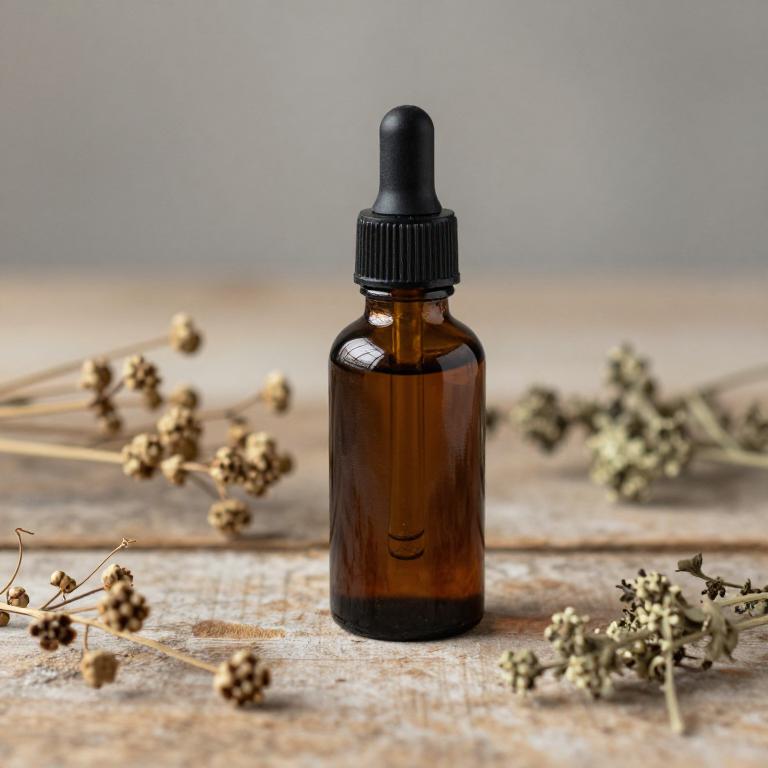
Valeriana officinalis, commonly known as valerian, is a traditional herbal remedy often used in the form of a tincture to alleviate various types of headaches, including one-sided headaches such as migraines.
The tincture is prepared by soaking the dried roots of the plant in alcohol, allowing the active compounds, such as valerenic acid and essential oils, to be extracted. These compounds are believed to have calming and sedative effects, which may help reduce the intensity and frequency of headaches by easing muscle tension and promoting relaxation. Some studies suggest that valerian may influence the neurotransmitters in the brain, potentially modulating the pain signals associated with headaches.
However, it is important to consult a healthcare professional before using valerian tinctures, especially if you are on other medications or have underlying health conditions.
9. Achillea millefolium
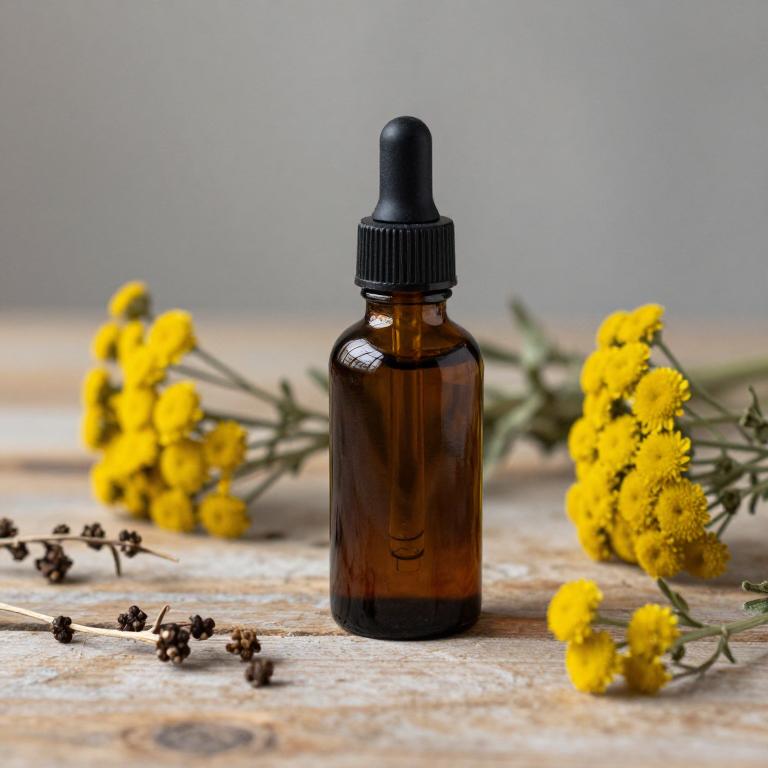
Achillea millefolium, commonly known as yarrow, has been traditionally used in herbal medicine for its anti-inflammatory and analgesic properties.
When prepared as a tincture, it may help alleviate symptoms of one-sided headaches, such as migraines, by reducing vascular inflammation and muscle tension in the head and neck area. The active compounds in yarrow, including sesquiterpene lactones and flavonoids, contribute to its ability to soothe pain and reduce sensitivity. To use yarrow tincture for headaches, it is typically taken in small doses, often diluted in water or alcohol, and can be applied topically as well.
While generally considered safe, it is advisable to consult a healthcare professional before using yarrow tinctures, especially for prolonged or severe headaches.
10. Zingiber officinale
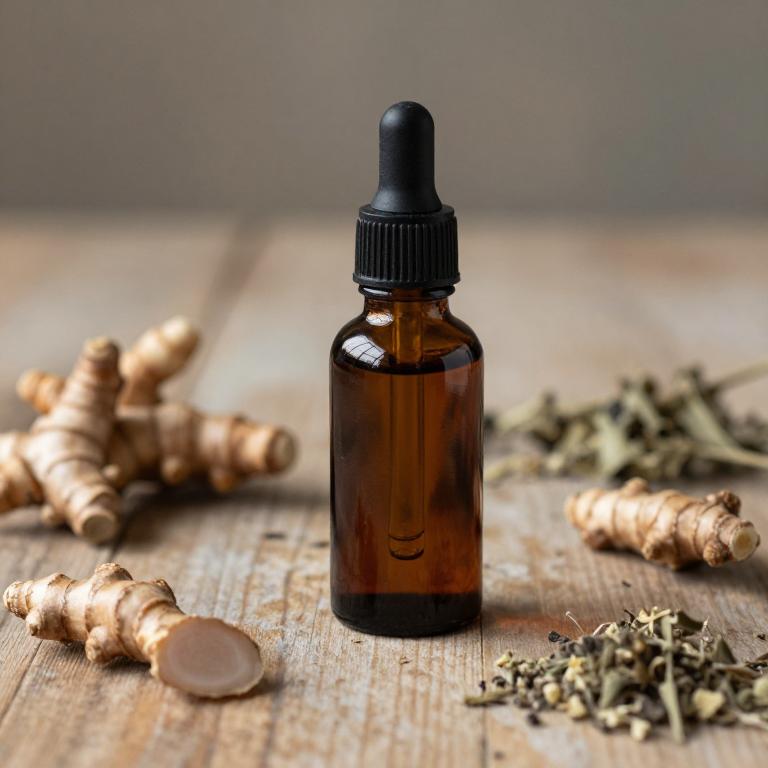
Zingiber officinale, commonly known as ginger, has been traditionally used for its therapeutic properties, including its ability to alleviate headaches.
Ginger tinctures, which are concentrated liquid extracts of the root, can be an effective natural remedy for one-sided headaches, often associated with migraines or tension headaches. The active compounds in ginger, such as gingerol and shogaol, possess anti-inflammatory and analgesic properties that may help reduce pain and inflammation. To use ginger tincture for headaches, it is typically diluted in water or taken sublingually for faster absorption.
While generally safe, it is advisable to consult with a healthcare provider before starting any new herbal treatment, especially for individuals with underlying health conditions or those taking medications.